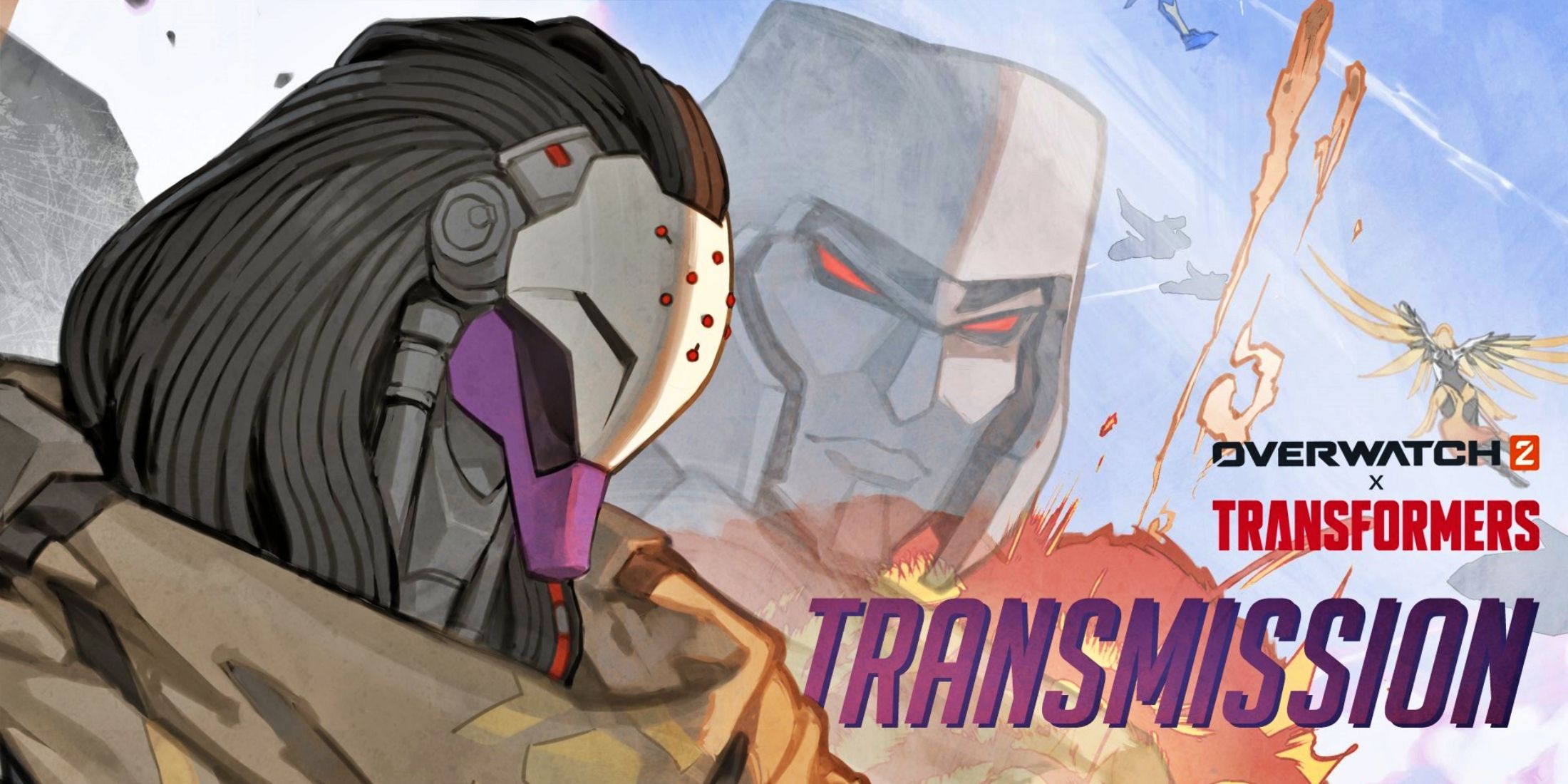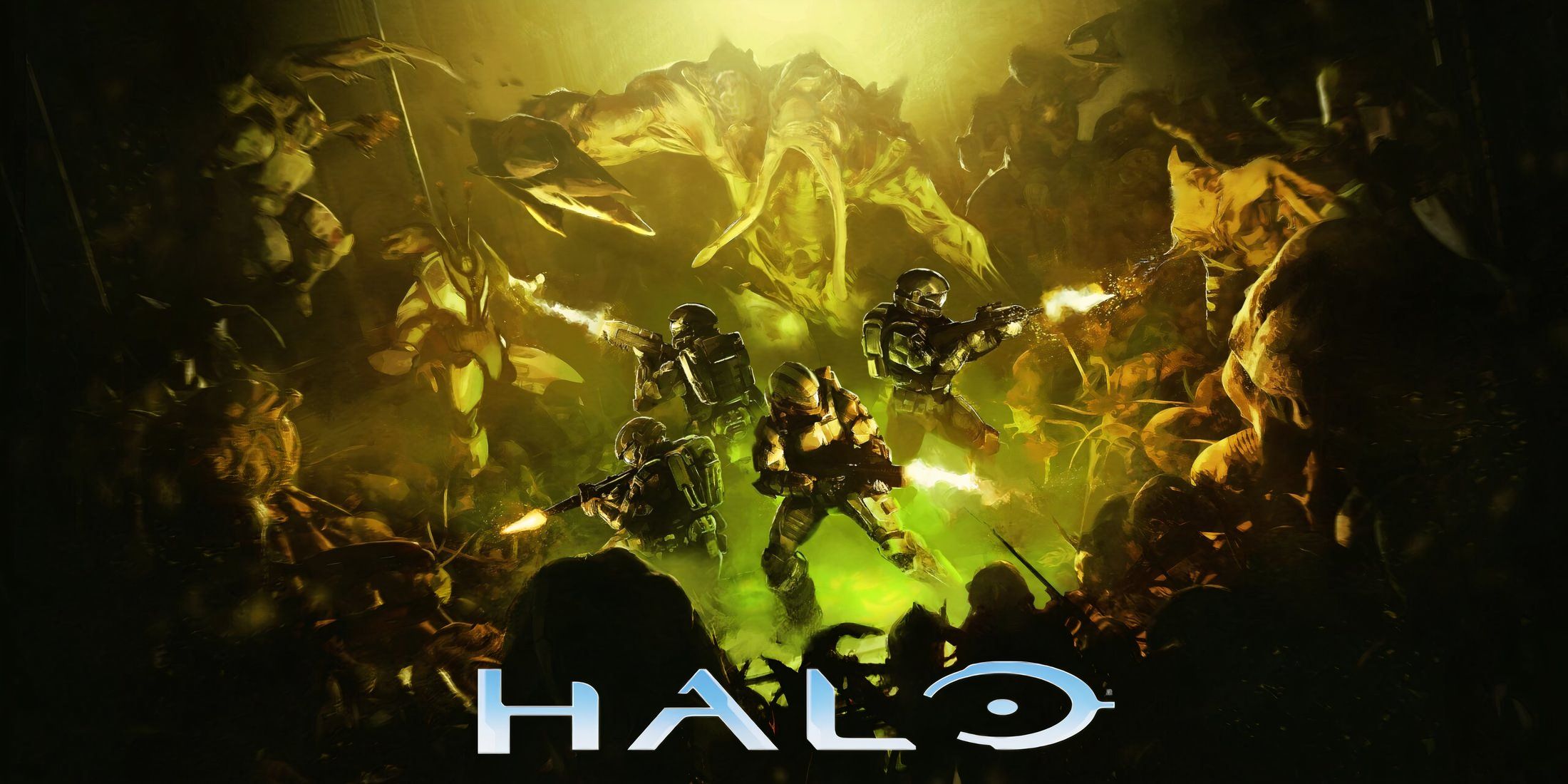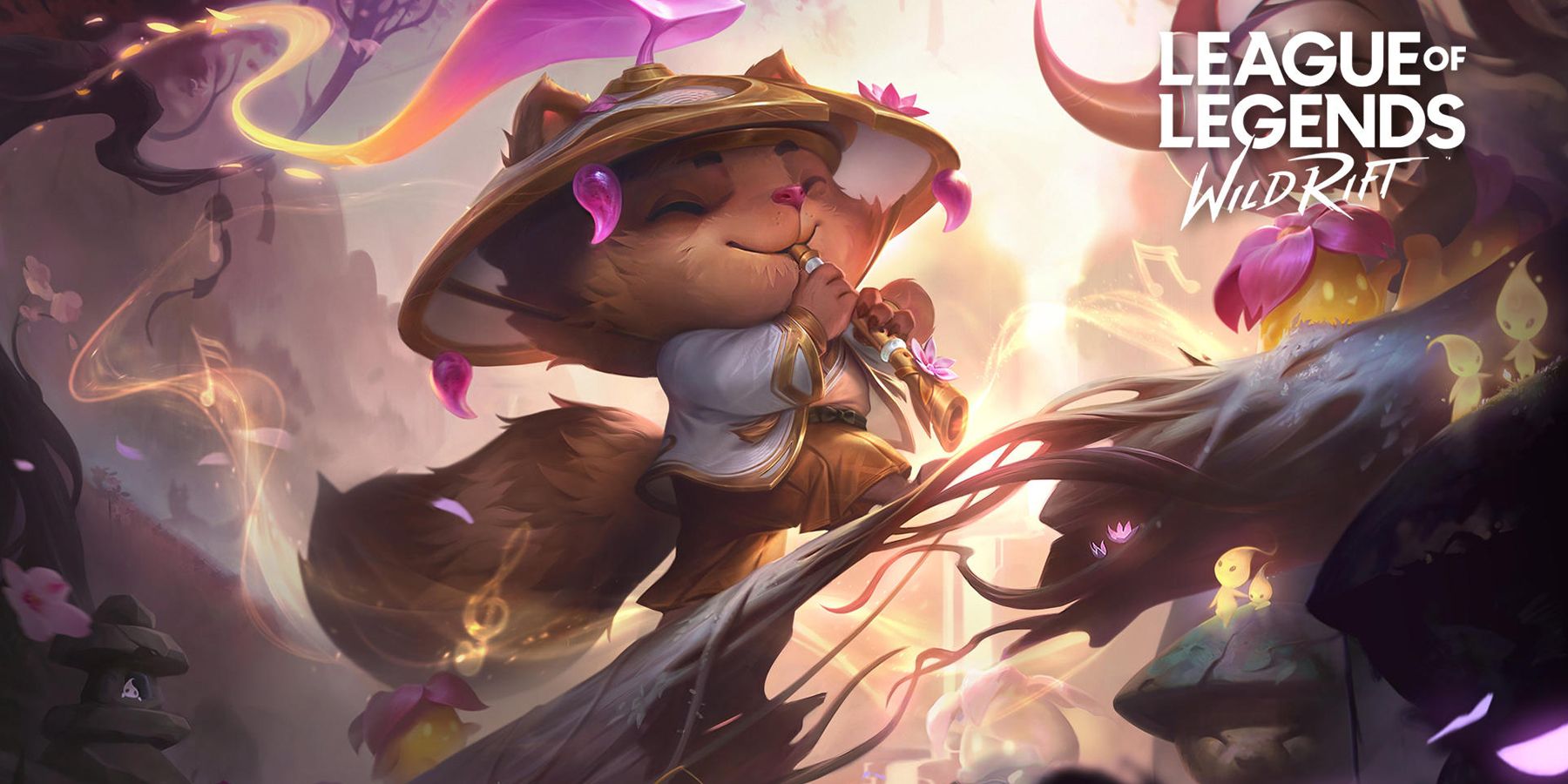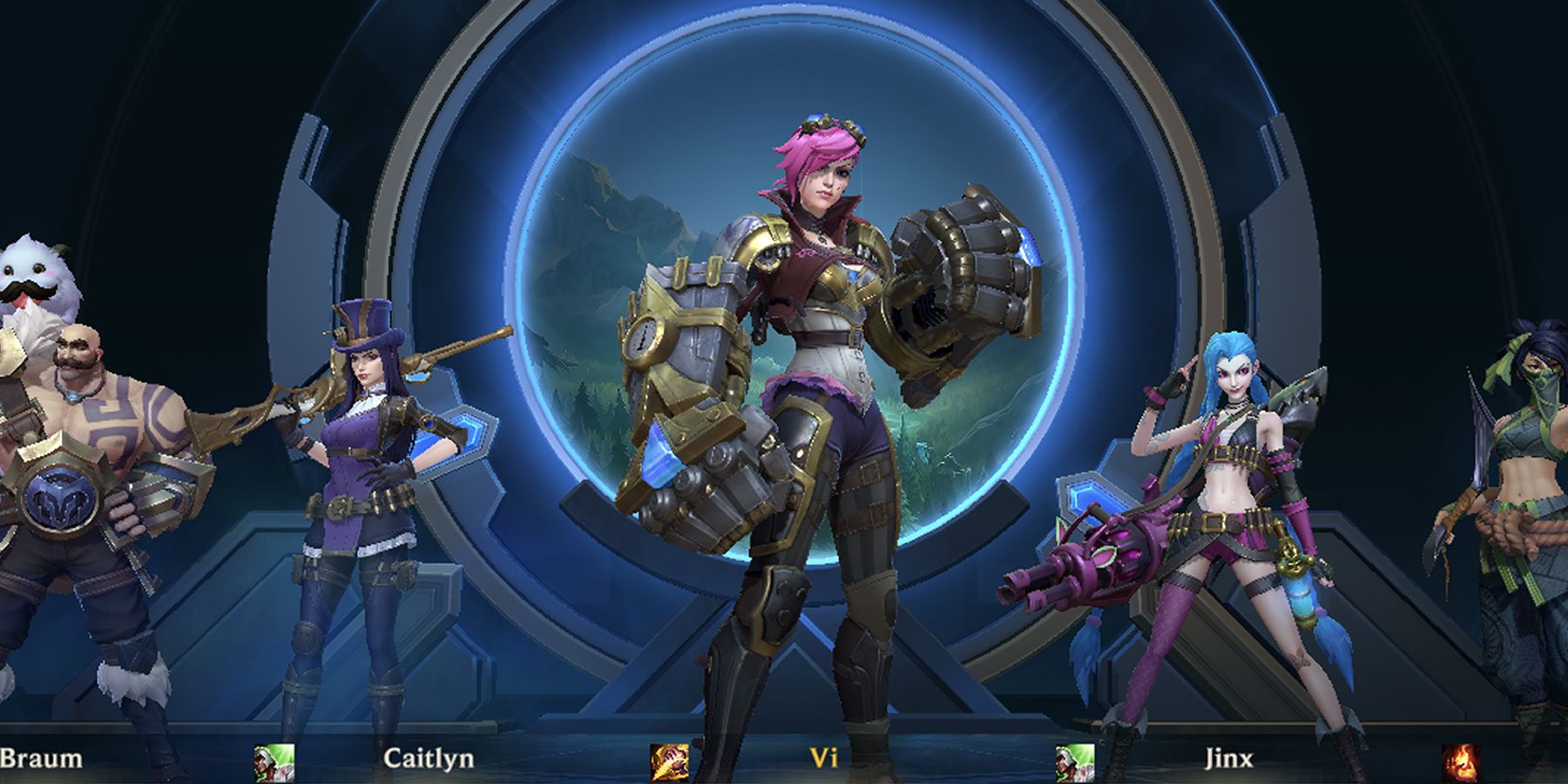The question of whether League of Legends could make it onto consoles has been one that fans have asked for a while. At the highest ranks of play, console players would have difficulty keeping up with the mouse and keyboard players, but this has never felt like a reason for the game not to get a port. With the release of League of Legends: Wild Rift, an alternative has been provided, and one that works considerably well. While League of Legends: Wild Rift isn’t an exact port of the original League of Legends MOBA game, the differences in gameplay are aspects that make its current port to Android and iOS devices more palatable.
The same choices in game design that make it more accessible are also part of what will help League of Legends: Wild Rift translate well to consoles. Its shorter match times and smaller map sizes are two of the most notable changes that should go over well once Wild Rift has made the jump to consoles, but other aspects of the game are solid improvements as well. Gameplay, while not completely stripped, has been simplified, streamlining the general knowledge and skill players will need to enjoy Wild Rift. This has helped to level the overall playing field along with other great features for League of Legends newcomers.
Wild Rift's Controls
With the differences between Wild Rift from the original League of Legends, it’s clear that a lot of work has gone into bridging the gap between fans that have played the original on PC and anyone that wants to get into the game following its newest releases. While controls aren’t quite as pinpoint as they are in League of Legends for PC, the changes made mean that gameplay is a bit more forgiving while also working well with mobile devices like phones and tablets. Even though the inputs on mobile devices are more than likely to differ from what’s being released on console, it’s still a good starting place and should be used as a benchmark.
Auto-targeting is probably one of the more prominent features alongside its complementary choice targeting to look at when considering this future move. On PC, intentional mouse clicks mean that most players don’t have to worry about attacking a champion instead of a minion even when using weird bottom lane combos, but the sometimes-inexact inputs that happen on other hardware have been a concern when fans have discussed ports in the past. Currently, with Wild Rift on mobile devices, this has been addressed by allowing players to tap different onscreen buttons that prioritize corresponding nearby targets, allowing for more precise plays in-game.
This approach cannot translate directly once Wild Rift is brought to consoles, but it does set up alternative options. With most controllers having a total of 12 buttons or a number that’s at least close to 12, there are plenty of ways to map out controls once Wild Rift does make the move. Movement will probably work best by being tied to analog sticks, but abilities and priority attacks could be easily mapped to any of the other buttons available. This keeps the spirit of the current control setup of Wild Rift alive while making it accessible to console players after those ports are released.
This accessibility is also part of why Wild Rift should translate well to consoles once it’s ready. If given fully customizable button layouts, players of Wild Rift can map their controls as they see fit, making for a more comfortable and personalized play experience. With smaller and shorter maps, it’s already clear that Wild Rift could excel on the Nintendo Switch or the Steam Deck. However, the varying nature of control layouts means being able to tweak the experience to meet one's needs on a traditional console or on the go will be important. If this is kept in mind for Wild Rift and is combined with the other changes already made to the game, it could boom in popularity and introduce even more people to the League of Legends franchise through a new avenue.
League of Legends: Wild Rift is available now on Android and iOS devices.





